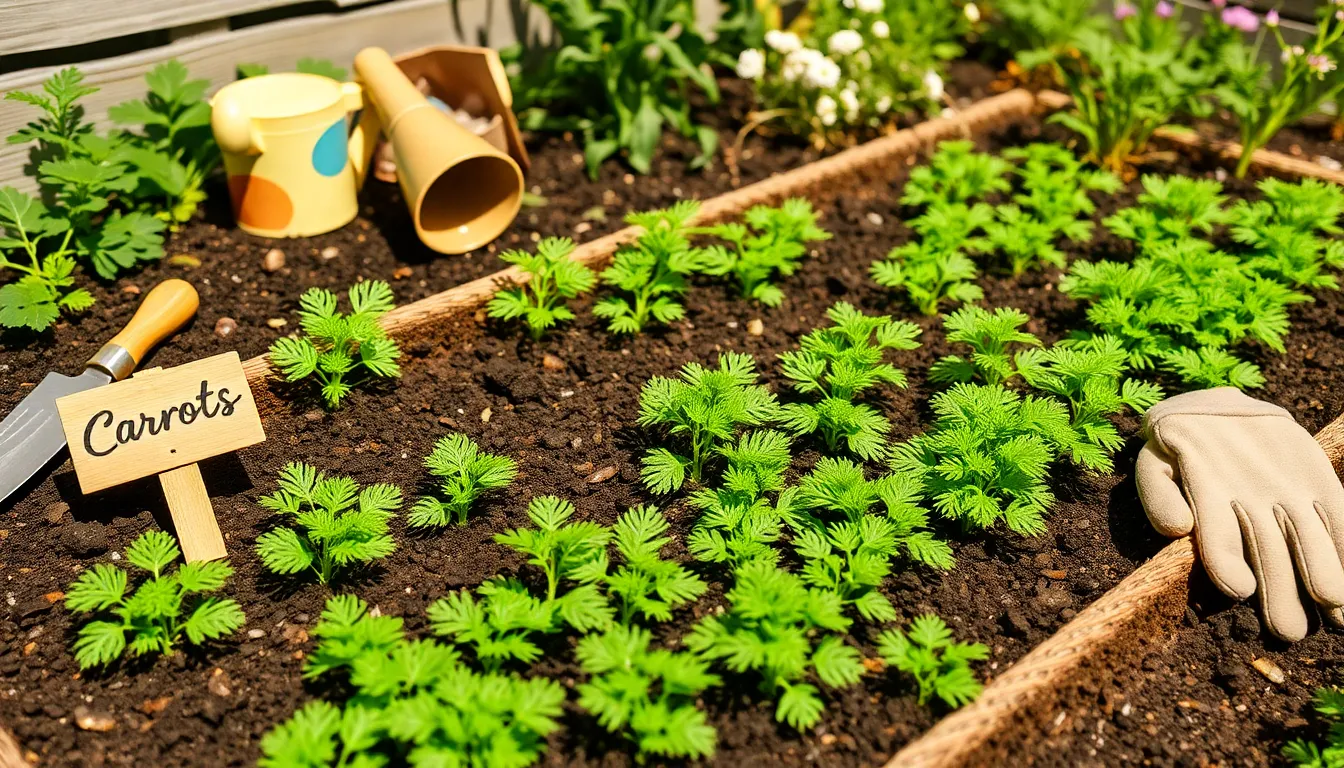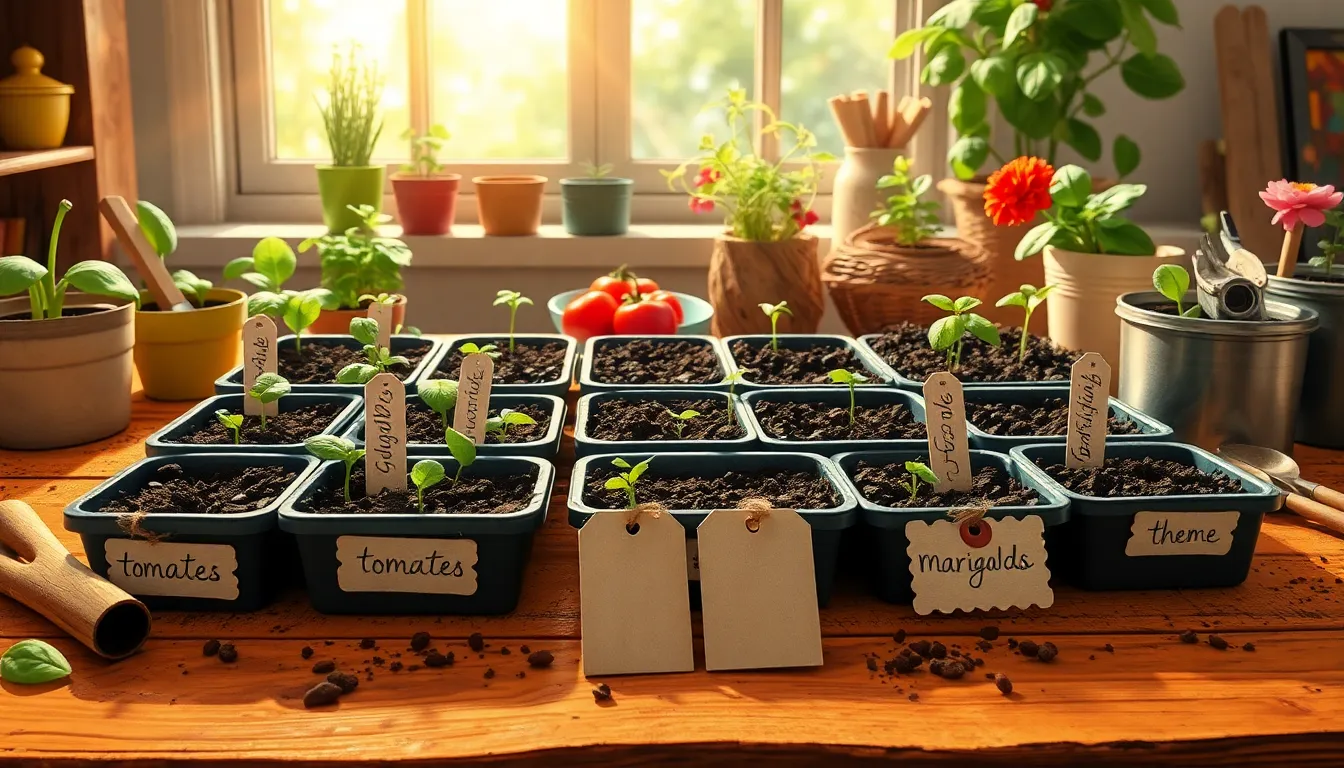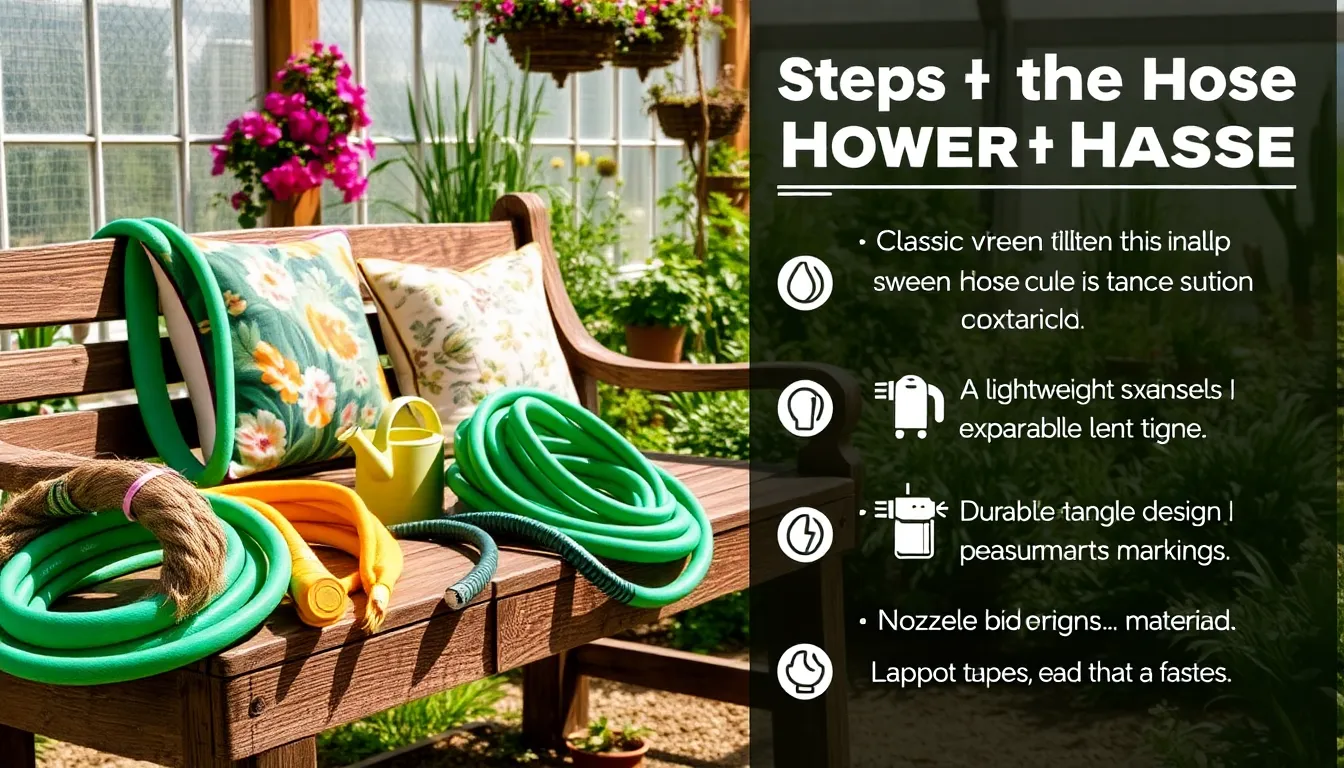Imagine stepping into your garden on a crisp morning, the earth still warm from the sun’s embrace, and pulling up a vibrantly orange carrot from the soil. Growing carrots from seed isn’t just an act of gardening; it’s a delightful journey that connects us to the earth and fills our kitchens with homegrown goodness. Whether you’re a novice gardener eager to start your first plot or a seasoned green thumb looking to refine your technique, cultivating carrots can be both rewarding and surprisingly simple.
This guide is your friendly companion, ready to walk you through the essentials of growing carrots from seed with practical advice and easy-to-follow steps. You’ll learn everything from choosing the right carrot varieties for your soil and climate to mastering the art of soil preparation and maintenance. As we delve into the details, you’ll discover the joys of nurturing these roots from tiny seeds into crunchy, flavorful harvests that can transform your meals. Together, we’ll cultivate not just carrots, but a deeper appreciation for the rhythms of nature and the satisfaction of growing your own food.
Select a Sunny Location
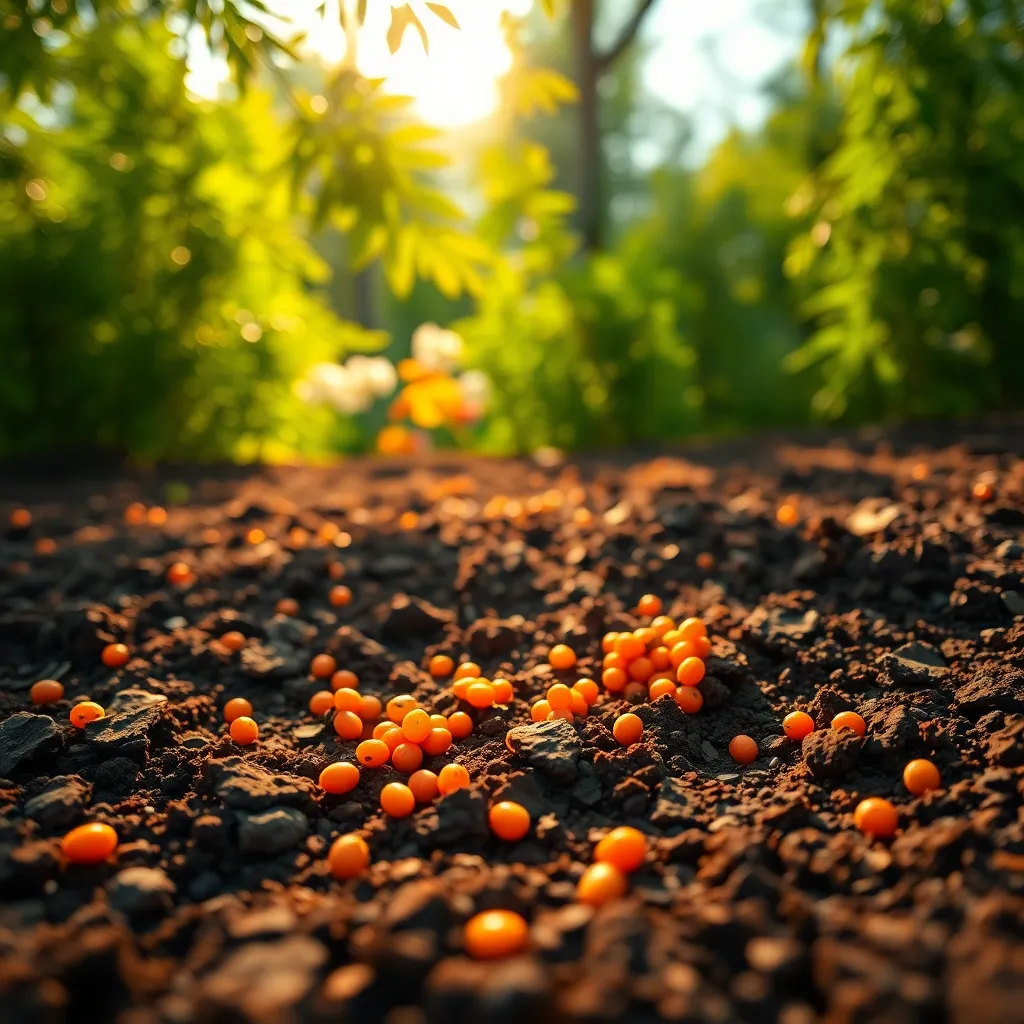
When choosing a location to grow your carrots, look for a spot that receives at least 6 to 8 hours of direct sunlight each day. Carrots thrive in sunny conditions, which help them develop their sweet flavor and crunchy texture.
Avoid areas where water tends to accumulate, as carrots prefer well-drained soil that prevents their roots from rotting. If your garden soil is heavy clay or too compact, consider using raised beds or adding organic matter like compost to improve drainage.
It’s important to test the soil pH, aiming for a level between 6.0 and 6.8, which is ideal for carrot growth. You can amend your soil with lime or sulfur to adjust the pH accordingly if it falls outside this range.
For those with limited space, consider growing carrots in containers with a depth of at least 12 inches, allowing the roots to develop properly. Ensure that your containers are placed in a sunny spot and have adequate drainage holes to prevent waterlogging.
Prepare Loose, Sandy Soil
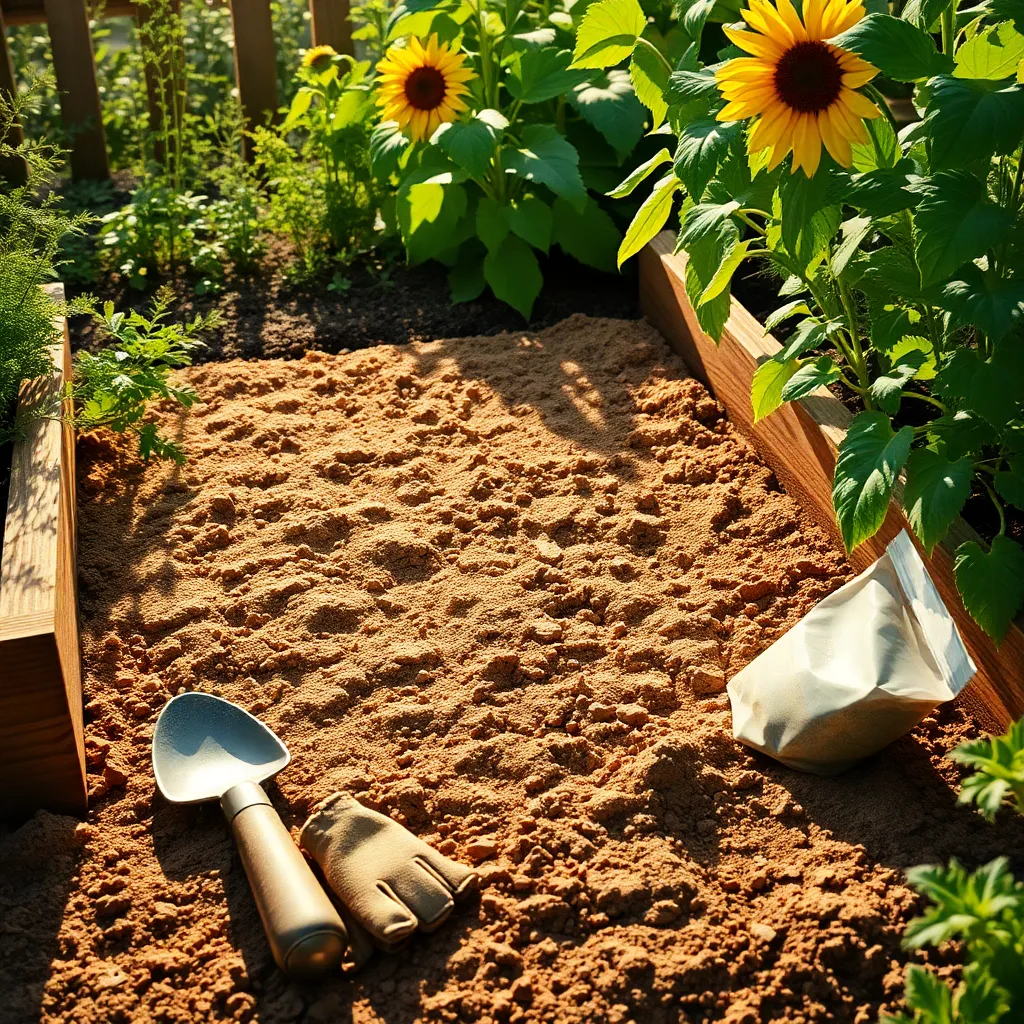
Creating loose, sandy soil is essential for growing carrots, as it allows the roots to develop straight and long. Start by removing any rocks or debris from your gardening area, ensuring a clean slate for your carrot seeds.
Next, incorporate organic matter such as compost or well-rotted manure into the soil to improve its fertility. This addition will also help retain moisture, which is crucial for carrot germination and growth.
Consider using a tiller or garden fork to work the soil to a depth of at least 12 inches. This step is essential for breaking up any compacted layers, allowing the carrot roots to penetrate deeply and grow without obstruction.
For those with naturally clay-heavy soils, mixing in sand can significantly enhance drainage, making the environment more suitable for carrots. Aim for a soil texture that crumbles easily in your hand, indicating the right balance of sand and organic matter.
Sow Carrot Seeds Sparingly

When sowing carrot seeds, it’s essential to space them out properly to ensure healthy growth. Sow the seeds sparingly, aiming to place them roughly 1 to 2 inches apart to give each plant enough room to develop without crowding.
Overcrowding can lead to weak, spindly carrots that struggle to compete for nutrients and water. To avoid this, you can mix the seeds with sand before sowing, which helps distribute them more evenly.
Another method to achieve proper spacing is using a seed tape or rolling out seeds on strips of paper towels, which can be laid directly into the soil. This technique ensures that your seeds are spaced correctly and minimizes the need for thinning later.
Carrot seeds are very small, so covering them lightly with soil is crucial. Use a fine layer of sandy soil or compost, about a quarter of an inch deep, ensuring the seeds are adequately covered but not buried too deeply.
Water Seeds Consistently

Watering carrot seeds consistently is crucial for successful germination and growth. Carrot seeds need to be kept evenly moist but not waterlogged, as excessive water can lead to rotting.
To achieve this, consider using a fine mist spray or a gentle watering can to avoid disturbing the soil. Water your carrot seeds daily or as needed to ensure the top inch of soil remains moist, especially during dry spells.
Mulching with a thin layer of straw or grass clippings can help retain moisture and prevent the soil from drying out too quickly. This technique also helps in reducing weed competition, which can sap moisture and nutrients from your young carrots.
For more advanced gardeners, consider installing a drip irrigation system to maintain consistent moisture levels without the risk of overwatering. This system can be particularly beneficial in larger gardens or areas with inconsistent rainfall patterns.
Thin Seedlings for Space
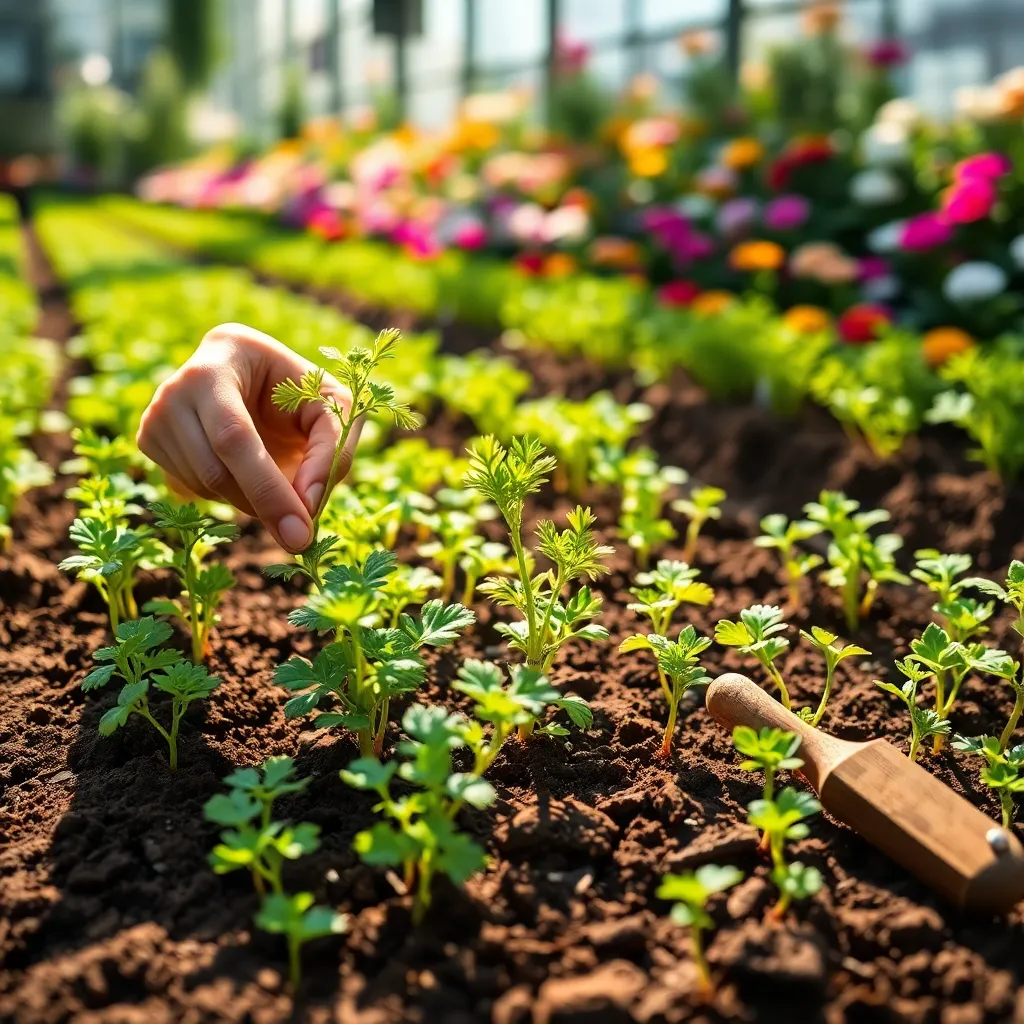
Once your carrot seedlings have emerged, it’s essential to thin them out to ensure proper growth. Crowded seedlings compete for light, water, and nutrients, which can stunt their development and result in smaller carrots.
Begin thinning your seedlings when they are about two inches tall. Use a small pair of scissors to snip the excess seedlings at the soil level, leaving space for the remaining plants to grow.
Space the seedlings about 1 to 2 inches apart to give them room to develop robust roots. This spacing will help them grow straight and avoid competition, leading to healthier and larger carrots.
If you’re unsure about which seedlings to keep, choose the strongest and most vigorous-looking plants. A little extra time at this stage can make a big difference in your final harvest.
For advanced gardeners, consider using the thinned seedlings in salads or as microgreens. This not only reduces waste but also provides a nutritious treat from your garden.
- Thin seedlings when they reach two inches in height.
- Use scissors to cut them at soil level to minimize root disturbance.
- Maintain 1 to 2 inches of space between remaining seedlings.
- Keep the healthiest plants for the best yield.
- Use thinned seedlings as microgreens for a culinary bonus.
Conclusion: Growing Success with These Plants
In exploring the “Beginner’s Guide To Grow Carrots From Seed,” we unearthed five pivotal relationship concepts to nurture your gardening skills. First, we emphasized the importance of understanding the foundational needs of your carrots, akin to knowing your partner’s love language. Next, we highlighted the significance of patience, reminding us that both relationships and carrots need time to flourish. We then delved into effective communication, drawing parallels between attentive listening and monitoring soil conditions. The fourth concept focused on adaptability, teaching us to adjust our care techniques as conditions change, just like adapting to life’s unpredictable moments with a partner. Lastly, we championed celebration, encouraging you to relish the successes, whether in your harvest or shared milestones.
Now, take a moment to implement one of these concepts: perhaps start a conversation with your partner about a new shared goal or project. As you embark on this journey of growth, bookmark this article to revisit these insights whenever you need a guiding hand.
Remember, nurturing your relationship is like tending a garden—consistent care and attention can lead to a bountiful harvest. As you plant seeds of love and understanding, look forward to a future where your relationship thrives in harmony and joy.

